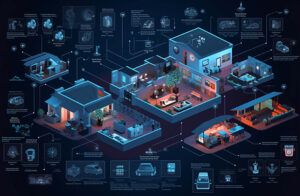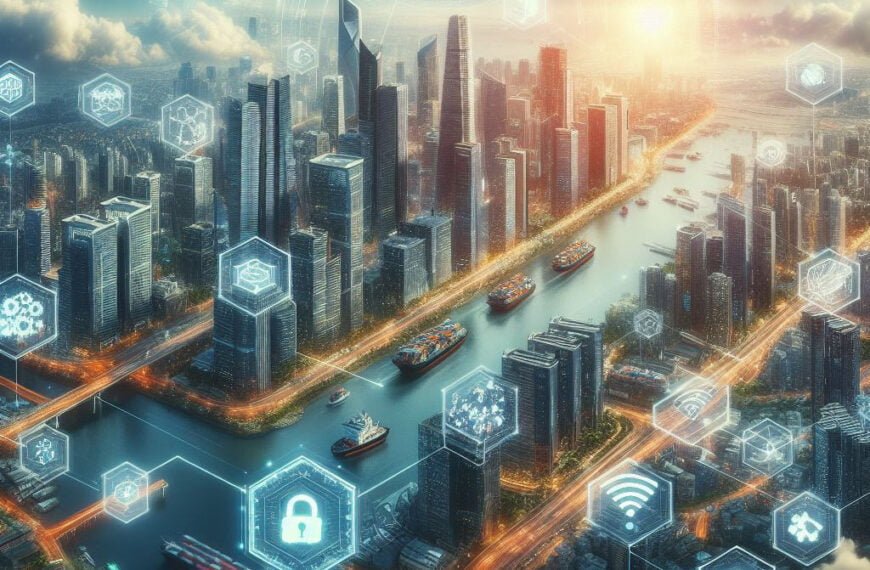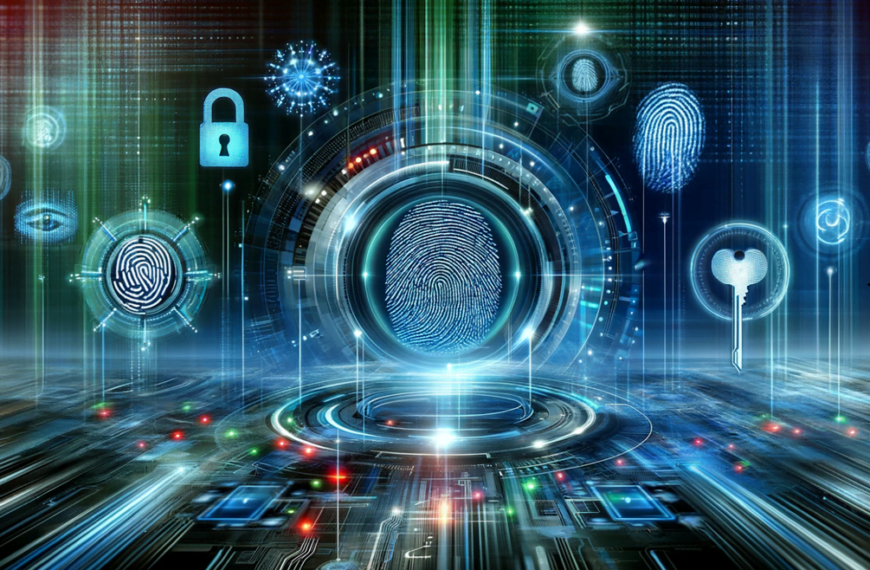
In an era where technology continually pushes boundaries, the Internet of Things (IoT) has emerged as a transformative force, revolutionizing the way we interact with our surroundings and shaping the future of connectivity. This blog post delves into what IoT is, why it’s important, and explores its promising trajectory in the years to come.
Understanding IoT: Connecting the Unconnected
The Internet of Things refers to the vast network of interconnected devices and objects that communicate and share data with each other over the internet. These devices, equipped with sensors, actuators, and connectivity capabilities, range from everyday objects like smartphones and smart home appliances to industrial machinery, vehicles, and even wearable devices. The essence of IoT lies in its ability to enable these devices to gather and exchange data, thereby enabling them to perform tasks, make informed decisions, and enhance efficiency without human intervention.
Why IoT Matters: The Power of Connectivity
IoT enables automation on a large scale, optimizing processes and reducing the need for manual intervention. From smart thermostats adjusting temperatures based on occupancy patterns to manufacturing machinery self-regulating to maintain optimal performance, efficiency gains are substantial.
IoT generates a colossal amount of data. This data can be harnessed to extract valuable insights. For instance, retailers can analyze customer movement within a store to optimize layout, while cities can monitor traffic patterns to improve urban planning.
The seamless integration of devices and services that IoT offers translates into a more user-centric experience. Wearable health trackers, for example, empower individuals to monitor their health in real time and make informed decisions about their well-being.
IoT can bolster safety in various contexts. Smart home security systems can alert homeowners to potential threats, while industrial sensors can detect equipment malfunctions and prevent accidents in hazardous environments.
IoT can contribute to sustainability efforts by optimizing resource usage. Smart grids can distribute energy efficiently, reducing waste. Agricultural IoT applications can aid in precision farming, conserving water and minimizing pesticide usage.
The Future of IoT
As we venture into the future, the trajectory of IoT points toward even greater advancements and widespread integration:
Massive Connectivity: The number of connected devices is projected to skyrocket as technology becomes more accessible and affordable. Estimates suggest that billions of devices will be interconnected by the end of the decade.
5G and Beyond: The rollout of 5G networks will play a pivotal role in accelerating the growth of IoT. Its higher bandwidth, lower latency, and ability to handle a multitude of connected devices will open the door to new possibilities.
Edge Computing: Processing data closer to the source, known as edge computing, will become more prevalent. This reduces latency and makes real-time decision-making more efficient, which is crucial for applications like autonomous vehicles.
AI and Machine Learning Integration: The marriage of IoT with artificial intelligence and machine learning will enable devices to not only gather data but also analyze and act upon it intelligently. This synergy will lead to more autonomous and context-aware systems.
Industry Transformations: Industries such as healthcare, agriculture, transportation, and manufacturing will witness significant transformations driven by IoT. Remote patient monitoring, precision agriculture, autonomous vehicles, and smart factories are just a few examples.
Conclusion
The Internet of Things has transcended from a technological concept to a tangible force that reshapes the way we live and work. Its capacity to connect, collect data, and enhance decision-making has already left an indelible mark on various sectors. As we look ahead, the growth trajectory of IoT is bound to be exponential, bringing forth innovations that will continue to transform industries, enhance our quality of life, and pave the way for a more interconnected future.



